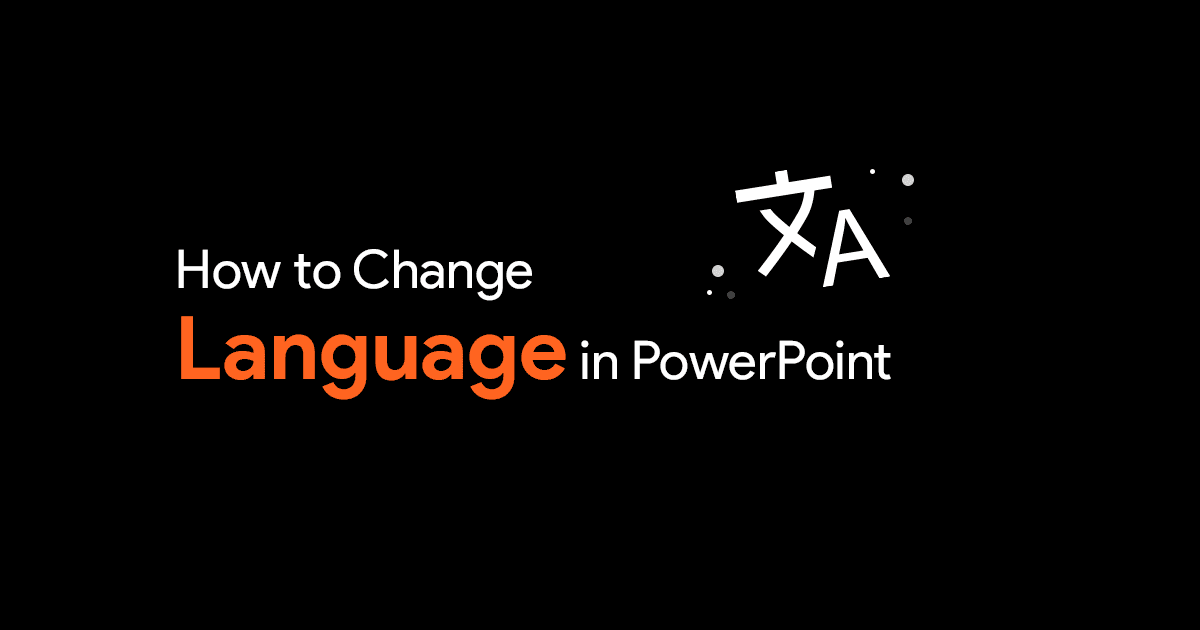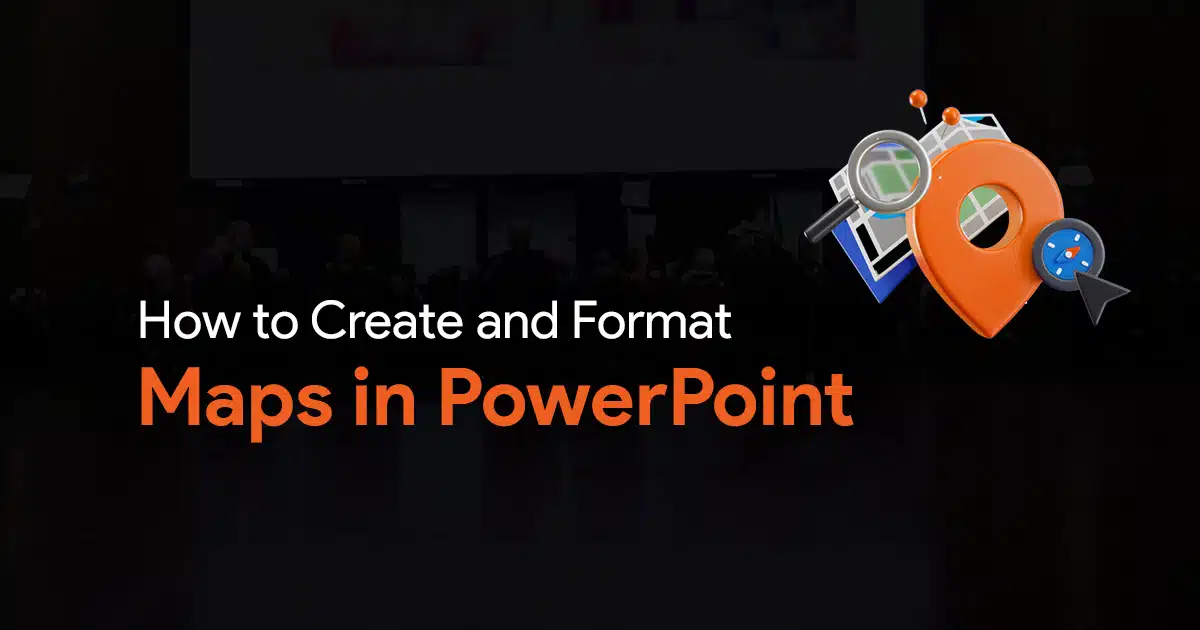How to Create an Effective PowerPoint Agenda Slide: Tips & Techniques

If you’ve been in the realm of Microsoft PowerPoint presentations for any stretch, you’re likely aware of the pivotal role a well-crafted agenda slide plays. Beyond just a mere introduction, it sets the tone, outlines the journey, and primes your audience for what lies ahead. Essentially, it’s your roadmap to a successful presentation.

Why an Agenda Slide Matters
Picture this: you step into a meeting, the presenter dives straight into the content without a roadmap. Confusion ensues, attention wanes, and before you know it, the meeting details. As an entrepreneur aptly puts it, meetings sans effective agendas are nothing short of time-wasters.
Enter the agenda slide – your antidote to chaos. It’s not just about structure; it’s about respect for your audience’s time and attention. By offering a clear overview of what’s to come, you empower your audience to engage more meaningfully, free from uncertainty or distractions.
What Constitutes an Agenda Slide?
In its essence, an agenda slide serves as the inaugural slide of your PowerPoint presentation, setting the stage for what follows. It’s your opportunity to succinctly outline the topics you’ll cover and the order in which you’ll address them. Think of it as the table of contents for your presentation – a roadmap that guides both you and your audience through the narrative.
Now, let’s delve into the nuts and bolts of crafting an agenda slide that commands attention and fosters engagement.
Types of Agenda Slides & How to Create Them
Hyperlinked Table of Contents Agenda Slide
Ideal For: Presentations to leaders, executives, or audiences craving straightforward navigation.
How It’s Done:
1. Create a simple numbered or bulleted list of agenda points to be included at the beginning of your presentation.
2. NOTE: This can be a list of each slide’s actual title, key takeaways, general concept(s) each slide covers. If you choose to focus on key takeaways or concepts, try to keep your descriptions clear and concise.
3. Highlight the text of your first agenda item.
4. Right-click on the highlighted text and click Hyperlink.
5. Select Place in This Document and select the corresponding slide within your presentation.
6. Click OK.
7. Repeat steps 2 through 5 for each item on the agenda.
Zoom Section Links Agenda Slide
Ideal For: This works well for presentations with clearly defined sections and allows you to bounce between the topics when necessary.
How It’s Done:
1. Once your PowerPoint is complete, navigate over to the slide preview panel on the left side of the screen and click on the space between the two slides where you want your first section to start. (Wherever you click, the section will include all slides that follow unless there is another section later in the presentation, then it will include all slides up until that point.) A line will appear to show where your new section begins.
2. Navigate to the Home tab at the top of the screen and click on Section, then Add Section.
3. Give the section a name.
4. NOTE: At this point, I like to create a slide that simply says the section name. It allows you to create more uniform section images later.
5. Click away from the section and it will automatically save.
6. Repeat steps 1 through 5 for any additional sections you wish to include.
7. Once all sections are complete, insert a new blank slide for your agenda.
8. Navigate to the Insert tab at the top of the screen and click the drop-down menu next to Zoom then click Section Zoom.
9. Select the sections you wish to include and click Insert.
10. The section images will automatically be added in a cascaded stack on the slide. Click away from the images and then click each one to drag and drop to the correct placement on the slide.
Visual Roadmap Agenda Slide
Ideal For: This is great for presentations geared towards interns, new hires, or presentations that focus on steps within a process or system.
How it’s Done:
1.Create a simple bulleted list of the sections to be included in your presentation.
2. With your text box selected, navigate to the Home tab at the top of the screen and click Convert to SmartArt and choose from the dropdown menu.
3. Once you select one of the options, a new menu will appear at the top of the screen. You can use this menu to preview other styles. I recommend selecting from the Process section. Some of my favorite types of SmartArt for this are Basic Process, Picture Accent Process, Alternating Flow, Basic Timeline, Basic Chevron Process, Vertical Chevron List, and Upward Arrow.
4. Depending on the chart you choose, you may also have additional space to include more details about each part of the presentation.
5. Adjust the shape colors, size, and style to match your presentation.
6. Additionally, you may want to link each step in the process to a section or slide. To create a linked shape, right-click the shape and click Hyperlink. Select Place in This Document, choose the appropriate slide and then click OK.
Is There a PowerPoint Agenda Template?
While PowerPoint doesn’t offer a standard agenda template per se, you can harness the power of PowerPoint Designer to automate slide creation based on your agenda. With a basic agenda slide as your starting point, let Designer do the heavy lifting, infusing your slides with professional flair effortlessly.
Conclusion: Elevate Your Presentations with a Stellar Agenda Slide
Armed with these insights and techniques, you’re poised to revolutionize your presentations. Whether you opt for simplicity or sophistication, the key lies in providing your audience with a roadmap they can trust. From hyperlinked agendas to visually captivating roadmaps, the choice is yours.


